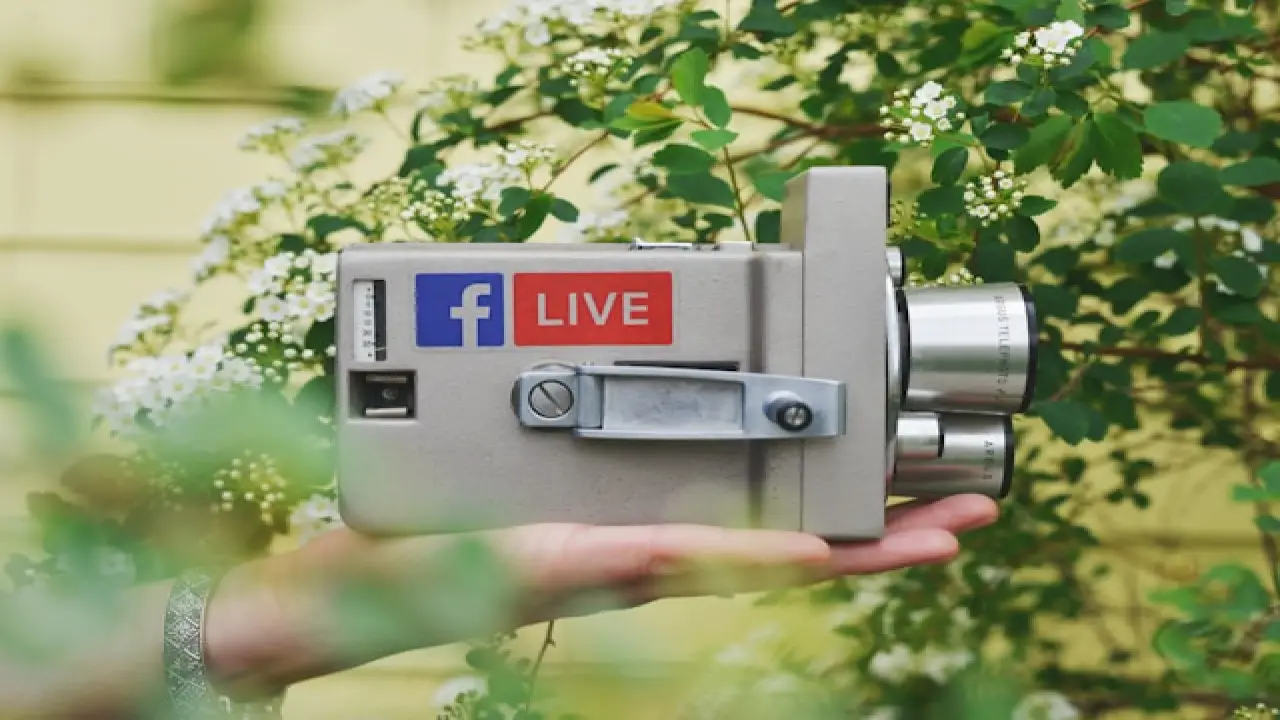iPhone Image vs. DSLR Image: Exploring the Key Differences
When it comes to capturing moments, whether it's a breathtaking landscape or a candid portrait, the choice of camera can significantly impact the outcome. With the rise of smartphones equipped with high-quality cameras, particularly iPhones, many are left wondering how these images compare to those taken with a dedicated DSLR (Digital Single-Lens Reflex) camera. Let's delve into the key differences between iPhone images and DSLR images:
-
Sensor Size and Megapixels:
- DSLR cameras typically feature larger sensors compared to smartphones. A larger sensor allows for better light sensitivity and depth of field control, resulting in higher image quality.
- While modern iPhones boast impressive megapixel counts, they still generally have smaller sensors compared to DSLRs. This can lead to differences in image detail and dynamic range.
-
Lens Quality and Versatility:
- DSLR cameras offer interchangeable lenses, allowing photographers to choose lenses suited to different types of photography, such as wide-angle, portrait, or telephoto lenses. These lenses are often of higher quality than those built into smartphones.
- iPhones come with fixed lenses, which offer limited versatility compared to DSLRs. While advancements in smartphone lens technology have improved image quality, they may not match the sharpness and clarity provided by DSLR lenses.
-
Manual Controls and Settings:
- DSLR cameras provide extensive manual controls over settings such as aperture, shutter speed, ISO, and white balance. This level of control allows photographers to fine-tune their shots according to their creative vision and the specific conditions.
- While iPhones offer some manual controls through third-party apps or the built-in camera app, they may not provide the same level of granularity and flexibility as DSLRs. However, features like Smart HDR and Night mode have significantly improved the iPhone's ability to handle different lighting conditions.
-
Post-Processing and RAW Capture:
- DSLR cameras often allow photographers to capture images in RAW format, which preserves more image data and provides greater flexibility in post-processing. RAW images retain more detail and allow for more extensive adjustments without sacrificing image quality.
- While iPhones can capture images in RAW format with third-party apps, the default camera app captures images in compressed formats like JPEG or HEIC. This limitation may restrict the extent to which users can manipulate their images in post-processing.
-
Portability and Convenience:
- One of the most significant advantages of iPhones over DSLRs is their portability and convenience. iPhones are compact, lightweight, and always at hand, making them ideal for spontaneous photography and everyday use.
- DSLR cameras, on the other hand, are bulkier and require separate carrying cases. While they may offer superior image quality and control, they are less convenient for casual shooting or travel photography.
In conclusion, both iPhones and DSLR cameras have their strengths and weaknesses when it comes to image quality, versatility, and convenience. DSLRs excel in providing professional-grade image upload quality and control, especially in challenging shooting conditions, while iPhones offer unparalleled convenience and accessibility. Ultimately, the choice between the two depends on the photographer's preferences, intended use, and budget.









Comments (0)